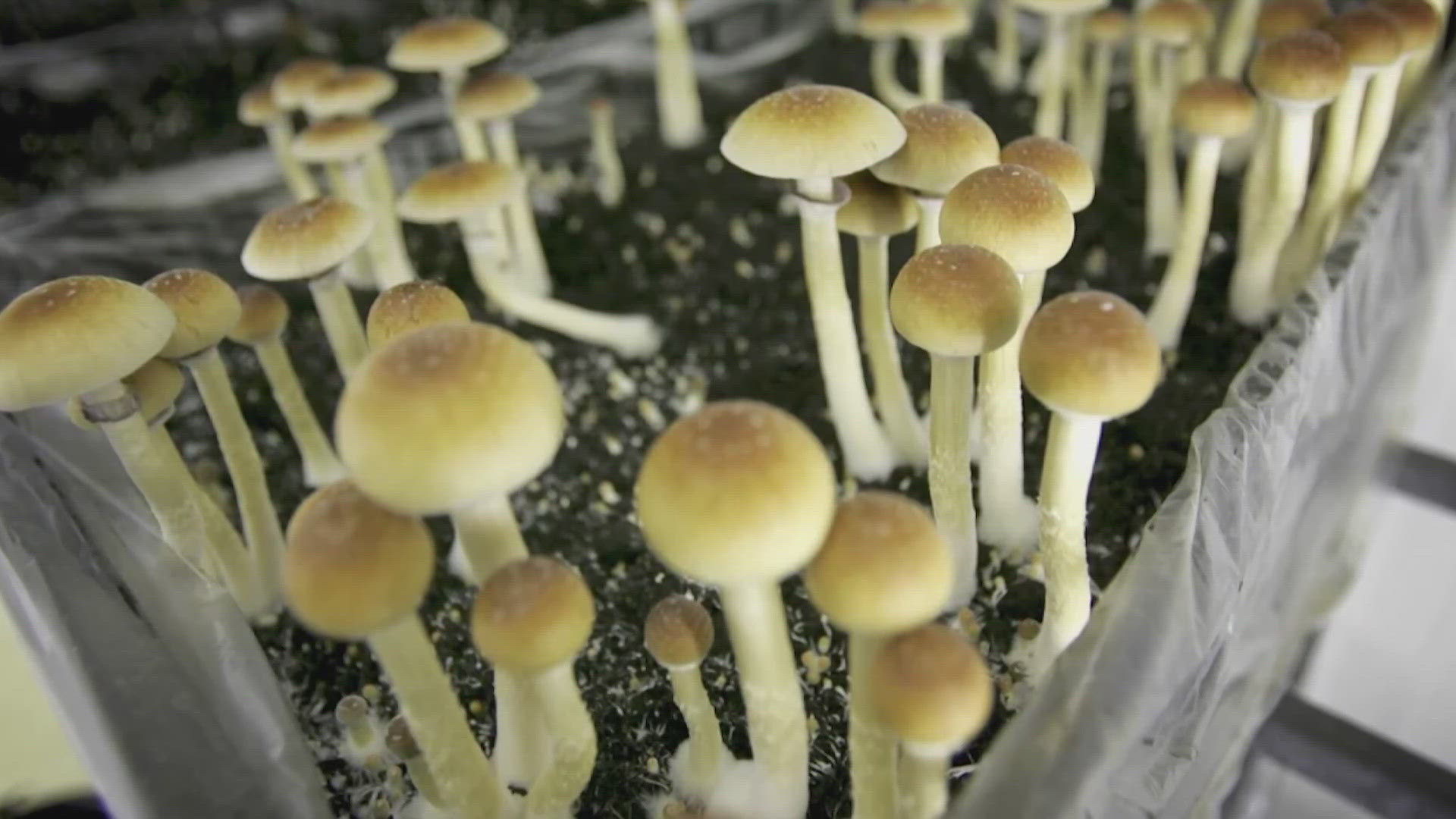SEATTLE – The New Yorker magazine published a follow-up Tuesday to the piece it wrote earlier this month that has sent people along the West Coast into a panic over how a large earthquake would devastate the region.
The story by Kathryn Shulz titled "How To Stay Safe When The Big One Comes" attempts to calm some of the panic about a possible Cascadia earthquake and tsunami. Those fears created by the original story caused it to go viral.
Here are some of the updated points by Schulz.
There was one line from FEMA official Kenneth Murphy in the original story that said everything west of Interstate 5 would be "toast." Schulz writes that Murphy doesn't think everyone west of I-5 will be killed or that the entire region will be rubble.
She writes FEMA predicts one-half of one percent of the affected population would be killed. But there would be significant loss or damage to roads, bridges, hospitals, airports, railways, water and sewer systems, schools, ports, natural gas pipelines, the electricity grid, and wastewater treatment plants.
We are not "overdue" for a Cascadia earthquake, writes Schulz. The Oregon Department of Geology and Mineral Industries says "overdue" won't officially happen for another 800 years. That doesn't mean it won't happen tomorrow. It just means we're not "overdue."
A tsunami would not reach Seattle, but cities could see mini-tsunamis in lakes of a few feet tall. The coast of Washington is far more susceptible to a full tsunami.
A map provided by the Washington State Seismic Hazards Catalog shows the areas in the greatest danger for intense shaking are in western half of counties along the coast including most of Grays Harbor County and extending to parts of Mason County. Still intense but slightly less shaking is expected into the western half of counties on the east side of Puget Sound and extending down the Interstate 5 corridor to Portland.
Things Schulz says you can do to prepare for a Cascadia quake.
- Keep an earthquake-safe kit in hour your home and car. Don't forget to include important documents and cash in your kit.
- If your home is west of the Cascades, make sure it's bolted to the foundation to decrease the chance of collapse.
- Strap down your water heater. If it falls over, it can start a fire.
- Bolt bookshelves and tall furniture to the wall. Move heavy objects to low shelves.Those items can become projectiles in a major earthquake.
- Know your neighbors so you can check on each other and make a plan with your family. In a Cascadia earthquake, lines of communication you are used to (cell phone, texting, email, Facebook, Twitter, Instagram) may be tied up or destroyed. In other words, figure out how you're going to connect as if it was 1965.
Schulz also suggests knowing the evacuation routes if you plan on visiting the coast and don't stay overnight in the inundation zone.


